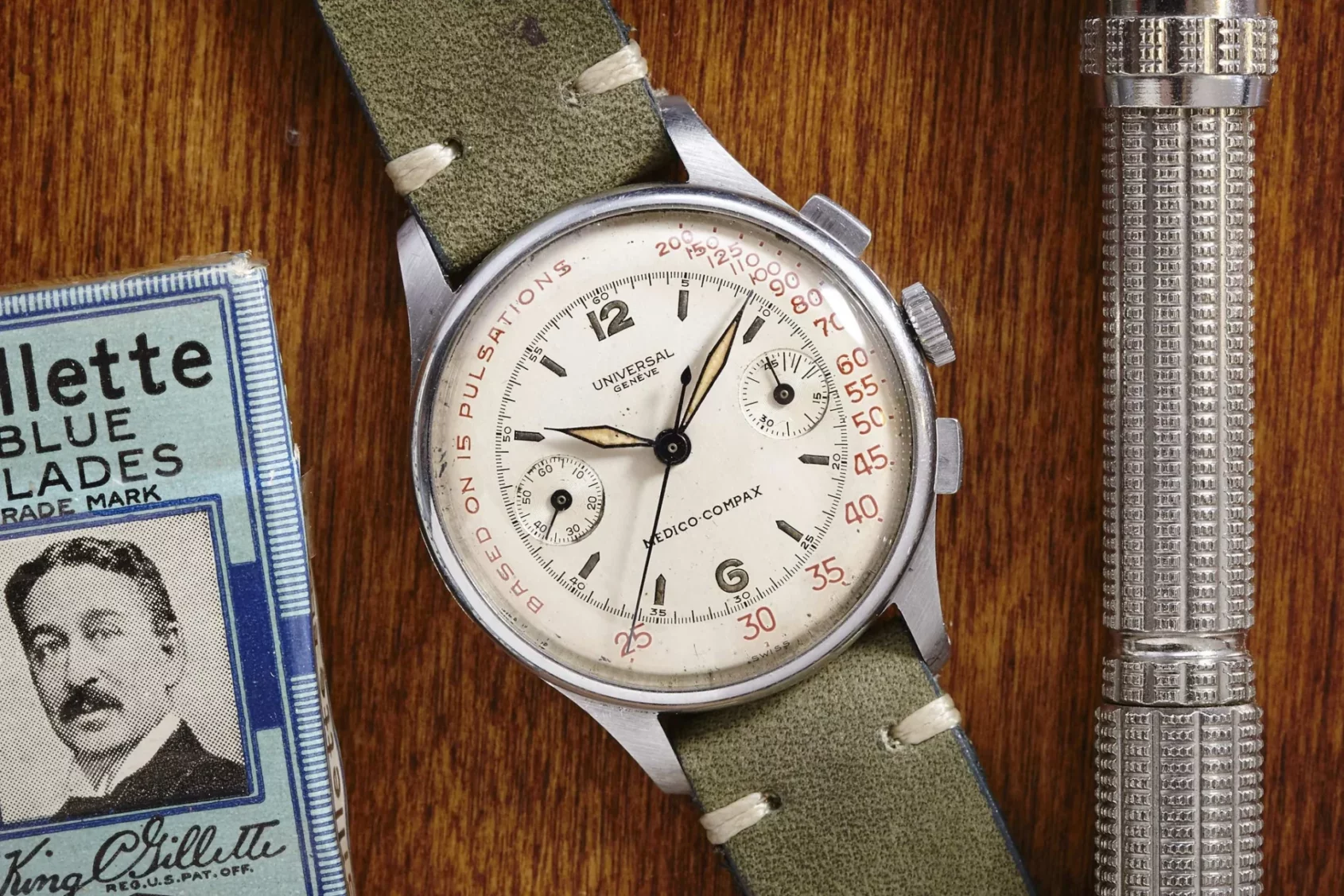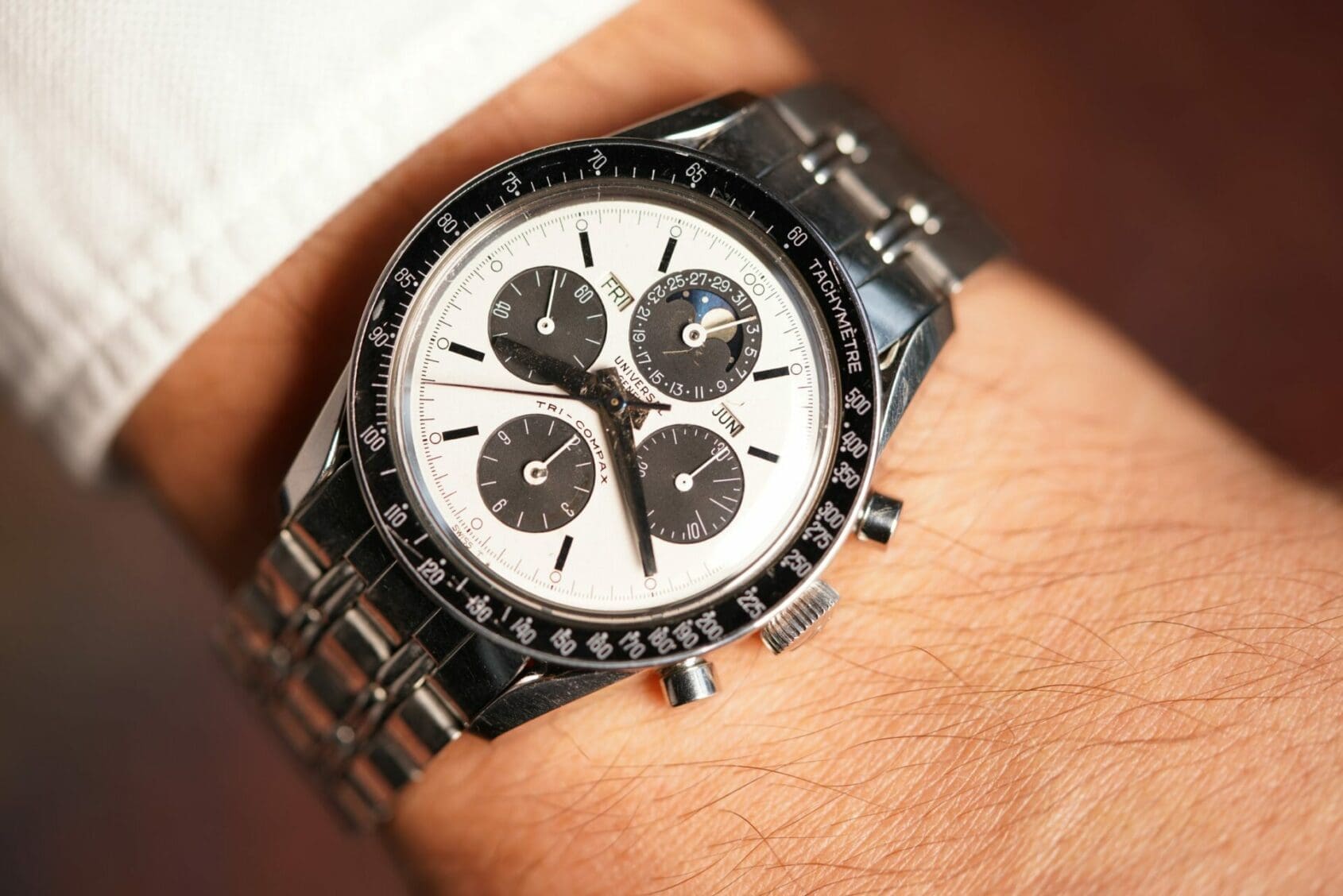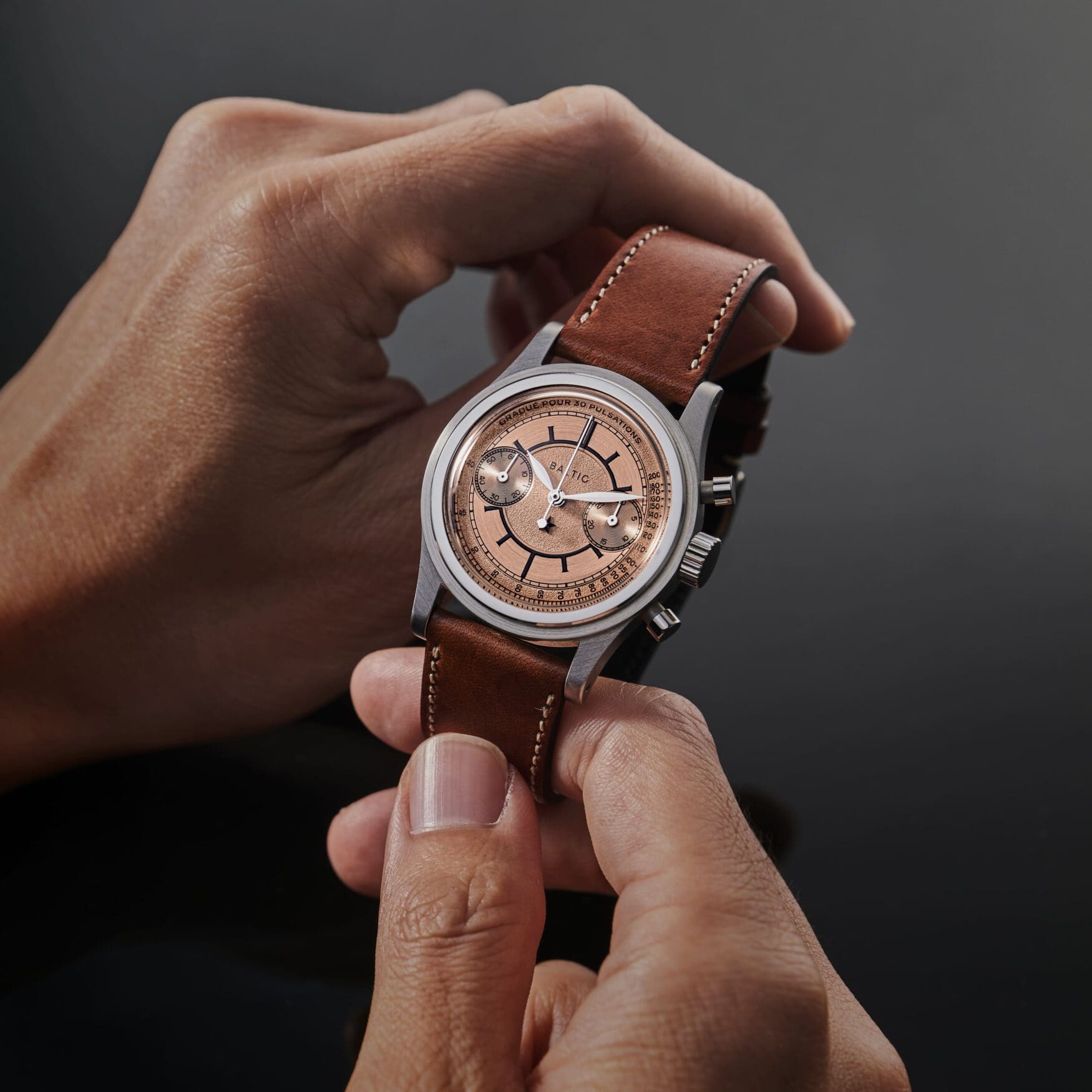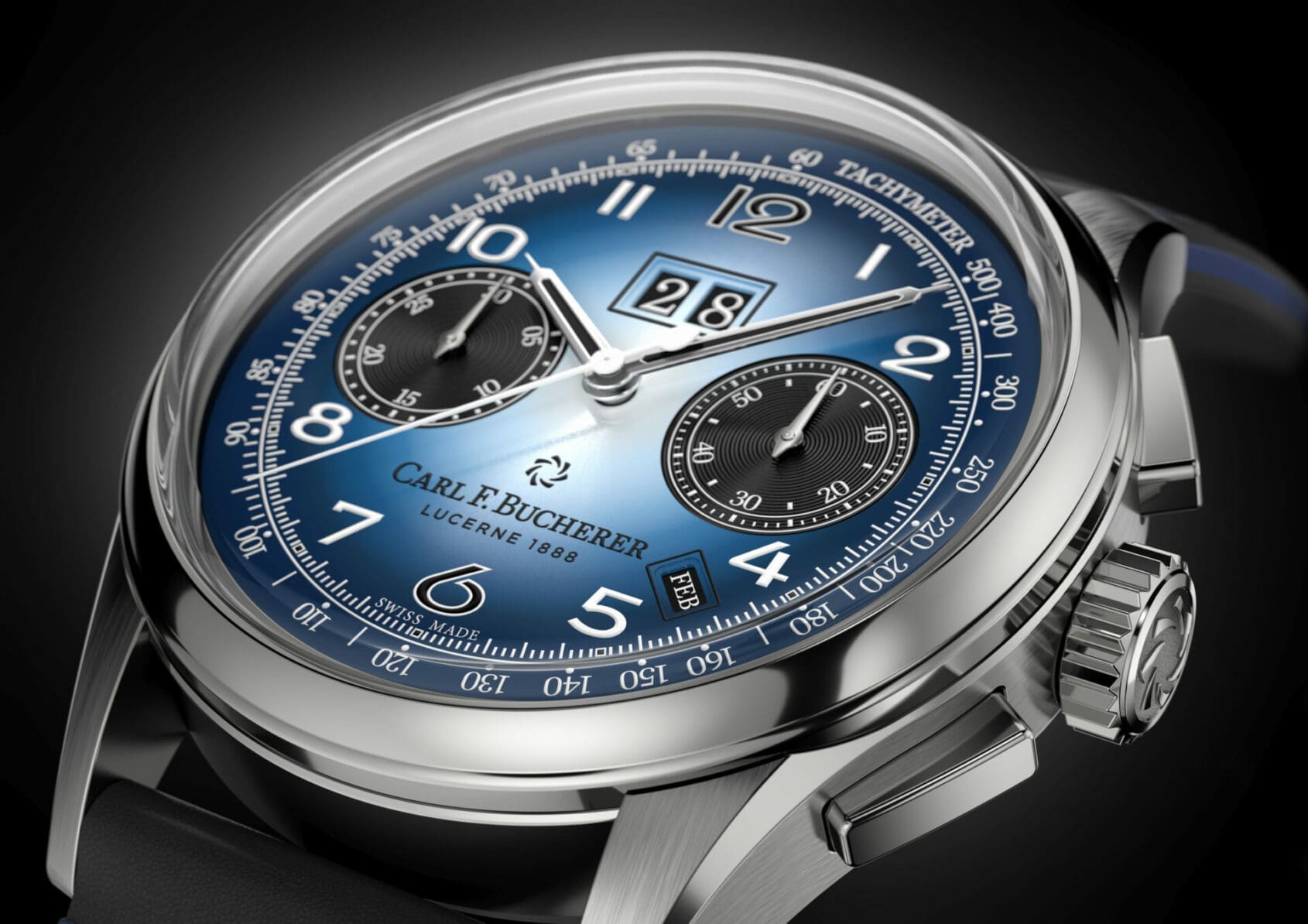WHAT TWEAKS MY TOURB: You’ve been misusing the word “bicompax”
Borna BošnjakI’m sure you’ve come across the term before – hell, of course you know what a bicompax chronograph is! Just remember offerings from Baltic , and look at Time+Tide’s own back catalogue of articles that categorise a chronograph with two registers as a “bicompax“.
Acknowledging the risk of sounding like one of those internet trolls, fixing their thick-framed glasses with a single greasy finger before launching into an online tirade – I hate to say it, but that definition is wrong. Or… is it? The history of the compax naming scheme is quite confusing. Let’s delve deeper into it.
Where the -compax suffix actually comes from

It’s the late 1930s, signified by the Great Depression, the end of Prohibition while Fred Astaire and Ginger Rogers graced the silver screen. At the same time, Universal Genève’s rising popularity is thanks to their Compur and Compax chronograph watches. Indeed, the Compax was released in 1936 in its Aero Compax variant, before many other followed, named after the complications they included. Two of the variations were the Uni-Compax and the Tri-Compax.

Certainly among the more famous UG models is the Nina Rindt, produced some 30 years after the introduction of the first Compax, with a short, three-year production run between 1964 and 1967. You’ll notice, however, that this chronograph has three sub-dials.

Much like the Compax, the Uni-Compax also features a single complication, though it only features two sub-dials. This would suggest that this should be a Bi-Compax, and herein lies the answer to the headline. The Compax name refers to the complications of the watch, rather than the number of sub-dials. Both the Compax and Uni-Compax have a single complication – the chronograph.

This becomes more apparent when we look at other variations, such as this wonderful UG Clapton. Sporting a moonphase, calendar and chronograph functions, its complications are split across four sub-dials, yet it’s called the Tri-Compax.
Where it gets really interesting
Look back at the incredible history of Universal Genève, and you won’t find the Bi-Compax name anywhere. In fact, there aren’t many watches at all that use the Bi-Compax name correctly – or at least, as Universal Genève intended it. The above example of the Carl F. Bucherer Heritage Bicompax Annual features a chronograph and annual calendar complications, and is thus worthy of its name. Bucherer could’ve even named it the Tricompax, as some would consider the big date an additional complication.
Things aren’t that simple however. Throughout history, many words have taken on different meanings, or completely changed their meaning. A word like “awful” was once synonymous with “awesome” and “literally” literally no longer means “literally”, as it’s so often being used for simple emphasis. If you don’t believe me, its definition has been changed to include “used for emphasis while not being literally true”. What I’m trying to say is, as much as some (including myself) cringe when reading about a bi-register chronograph being described as a bi-compax, that’s the meaning the word has taken on, whether we like it or not.





